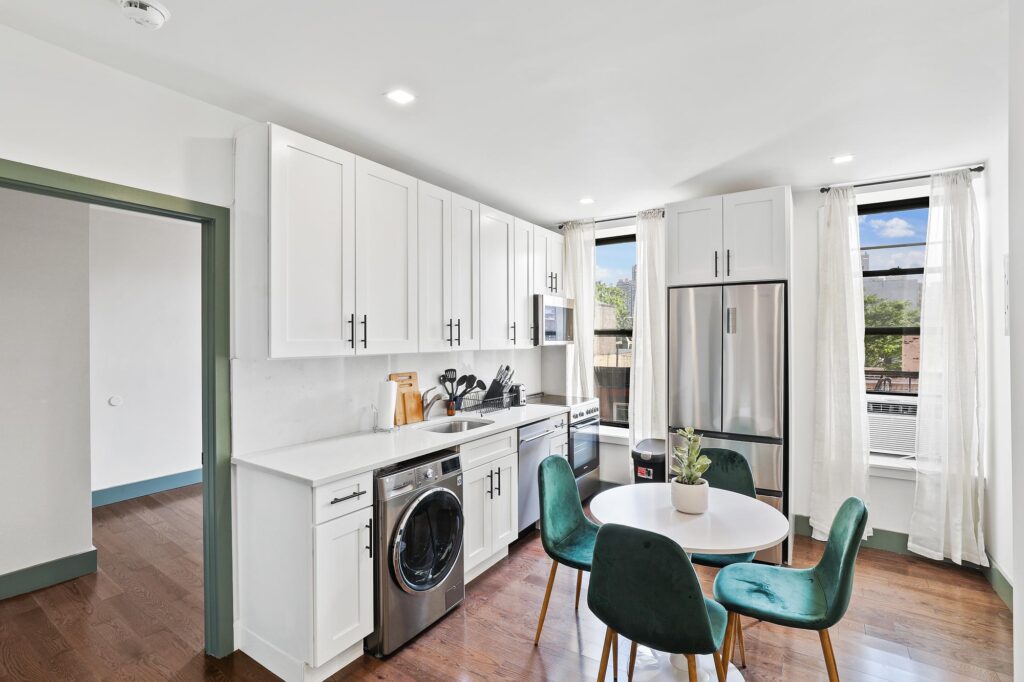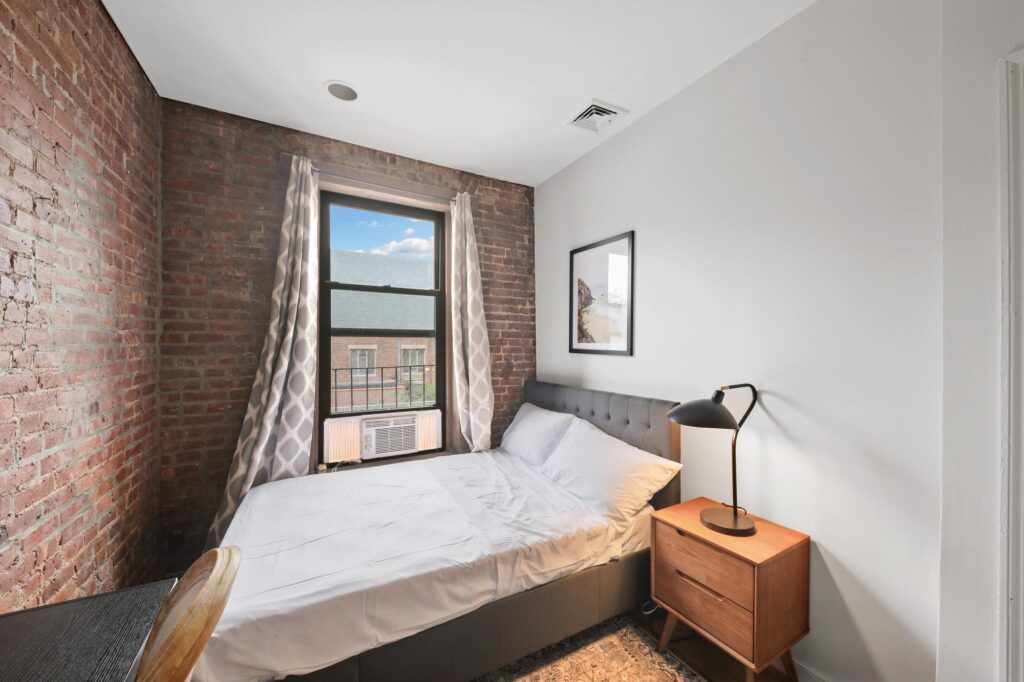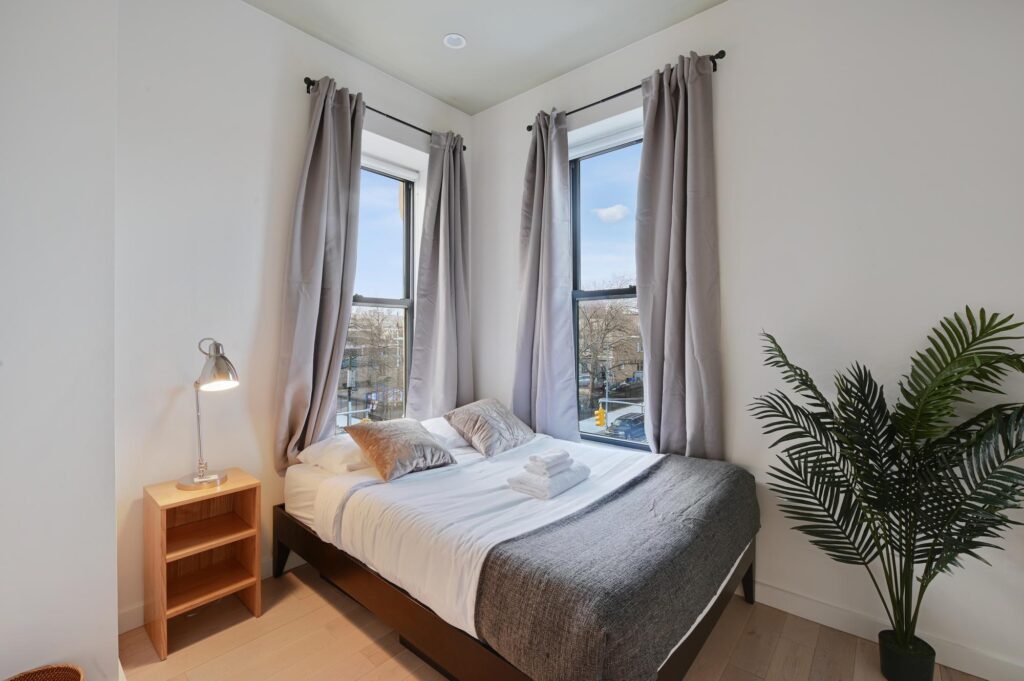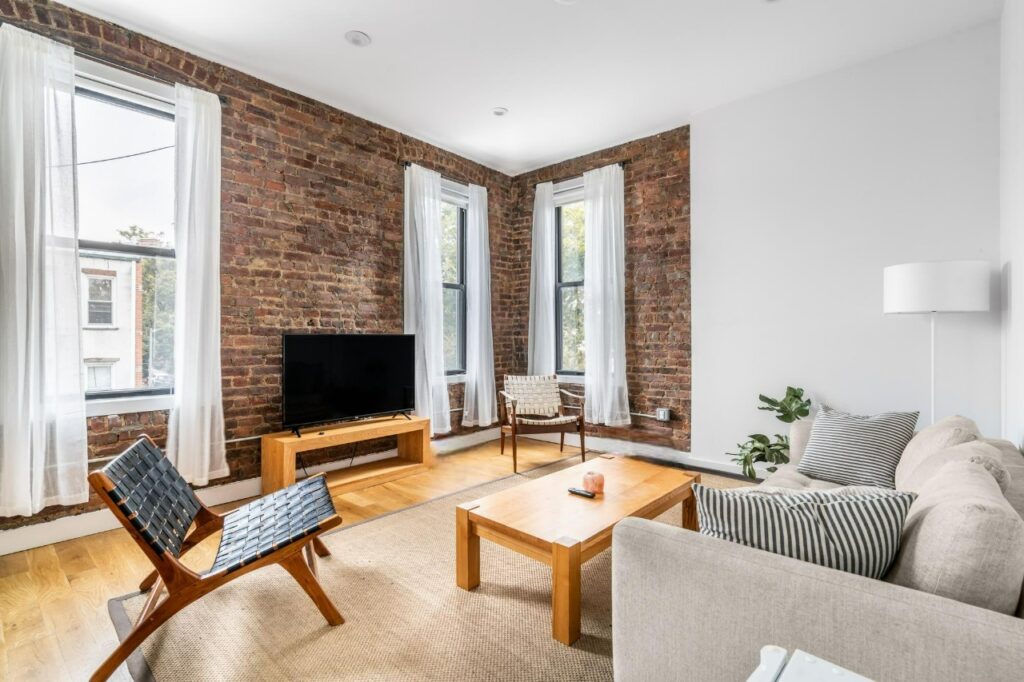
Photo from Freepik
Estimated reading time: 6 minutes
When you’re heading off to college or relocating to a new city, one of the biggest questions on your mind (right after “Where’s the best coffee on campus?”) is probably: Should I live in a dorm or find an off-campus apartment? More specifically—which option is actually cheaper, and which makes more sense for my lifestyle?
Let’s break it all down so you can make a smart move—literally.
Quick Cost Comparison: Dorms vs. Shared Apartments
Let’s cut to the chase: living in a shared off-campus apartment is often cheaper per month than staying in a college dorm—especially if you’re splitting the rent and utilities with roommates.
How much does a dorm cost per month (on average):
- $900 to $1,500/month (depending on your school and meal plan);
- Often bundled with dining hall access, internet, laundry, etc.;
- Paid upfront for the semester or year.
Off-Campus Shared Apartment:
- $700 to $1,200/month (depending on your city and apartment size);
- Utilities, groceries, and furniture may be extra—but also more flexible;
- Monthly payments, giving you more control over your budget.
Pro Tip: In cities like NYC, Boston, or DC, sharing a furnished room in a flexible-lease apartment (like the ones we offer at June Homes) can be way more affordable than college housing—and you’re not stuck eating soggy dining hall pizza.
Enjoy a Hassle-Free, High End Rental Experience in NYC for Stays of 1 Month or Longer.
Why Are Dorms So Expensive?
It’s not just the location. Dorms often include meal plans, campus fees, internet, and RA (Resident Advisor) services. But you’re also paying a premium for convenience and campus proximity. And let’s be honest—sometimes you’re paying for a lifestyle that doesn’t fully fit your needs.
Here’s what drives up the cost:
- Mandatory meal plans (which can run $3,000–$6,000 per year);
- Shared rooms (limited privacy);
- Short-term leases with upfront payment requirements
The Hidden Costs of Dorm Life
Dorms might seem like the all-inclusive option, but surprise—there are hidden expenses:
- Holiday and summer break housing (often not included)
- Storage fees if you have to vacate between terms;
- Extra charges for laundry, printing, parking, or guest passes
If you’re someone who values flexibility or plans to stay in the city year-round, dorm living might not work in your favor.
The Benefits of Living Off Campus (Especially in a Shared Apartment)
Off-campus life can offer more independence and savings—if you know what to look for.
Lower Rent (with roommates!): split costs and you’ll often pay less than a dorm—even in big cities.
Flexible Leases: no need to commit for a full school year—ideal for internships, semester stays, or study abroad students.
Real-World Experience: budgeting, cooking, dealing with landlords—adulting starts here. And trust us, that first grocery trip? Memorable.
More Privacy: even in shared apartments, you usually have your own room (or at least more space than a bunk in a dorm).
Location Variety: live near campus, or explore new neighborhoods that match your vibe and budget.
Downsides to Consider: Off-Campus Life Isn’t Always Easier
Let’s keep it real: living off campus isn’t perfect.
- You’ll need to budget for utilities, furniture (unless it’s furnished), and groceries.
- Commuting might be a factor if you’re not close to campus.
- You’re responsible for lease terms, roommate agreements, and staying on top of bills.
But many students find that the independence and savings are totally worth it.
How to Make Off-Campus Living Work for You
If you’re leaning off-campus, here’s how to make it a smart move:
- Find a good roommate (or two). Sharing rent saves big time. Look for people with similar habits and schedules.
- Be mindful of lease flexibility. Avoid long-term commitments unless you’re 100% sure.
- Set a monthly housing budget—include rent, utilities, and a little cushion for unexpected stuff (like that leaky faucet).
- Choose furnished, ready-to-move-in places. The great news is there are plenty of apartments near campus areas that you could prioritize on your search. It’s the best of two worlds: you’ll have more privacy while still being near uni.
To help on your search, here’s a directory you can find rooms for rent by choosing the university you’ll be studying:

Final Thoughts: Is Off-Campus Living Better?
In many cases—yes. Especially if you’re budget-conscious, want more freedom, or need housing outside of traditional semester schedules.
Dorms might make sense if you’re new to the college experience and want a built-in community. But if you’re looking for better value, privacy, and flexibility? Off-campus living—especially in a shared apartment—might be the smarter (and cheaper!) choice.
| Feature | Dorm | Off-Campus Apartment |
| Monthly Cost | higher | lower (shared) |
| Privacy | limited | more |
| Meals | included | DIY (or Uber Eats) |
| Flexibility | low | high |
| Real-World Skills | limited | maxed out |
Explore Flexible Student Housing with June Homes
If you’re heading to a new city for school, June Homes offers student-friendly housing options in some of the most exciting U.S. cities—like New York, Boston, and Washington D.C. From furnished rooms in shared apartments to flexible lease terms, it’s a great option for students who want comfort and convenience without the dorm room hassle.
With locations close to major campuses and city life, June Homes helps make your move smoother and your stay more enjoyable.
Whether you’re looking for short-term flexibility or a long-term home base, our spaces are designed to match your student lifestyle—affordable, easy, and ready to go.

Fully-furnished New York rooms and apartments with flexible lease. Apply today and move in tomorrow.



